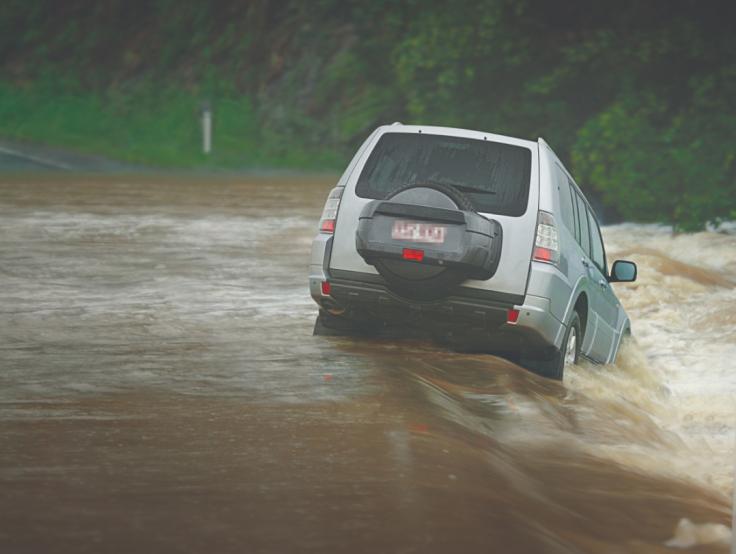If it's flooded, forget it
Your car can’t protect you from floodwater
Our weather can change quickly and be unforgiving. Here in Queensland driving into floodwater is a major cause of flood-related deaths. Cars are designed to keep us safe on the road but once you hit water, it becomes a completely different story. It doesn't matter what car you drive, or how good you are at driving - as soon as you enter floodwater, your car can’t protect you.
If it's flooded, forget it.
ON THIS PAGE: Driving in floodwater - facts vs fiction | Plan ahead | Vehicle flood safety kit
In floodwater your car’s features can fail
It's easy to think that our car can protect us in all weather conditions; but even in shallow floodwater, your steering, engine and electrics can stop working, making it extremely difficult to escape.
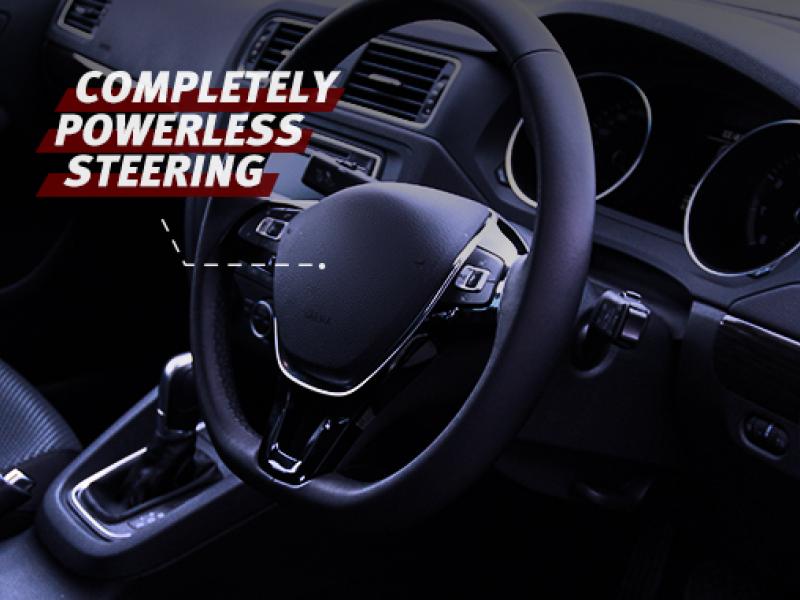
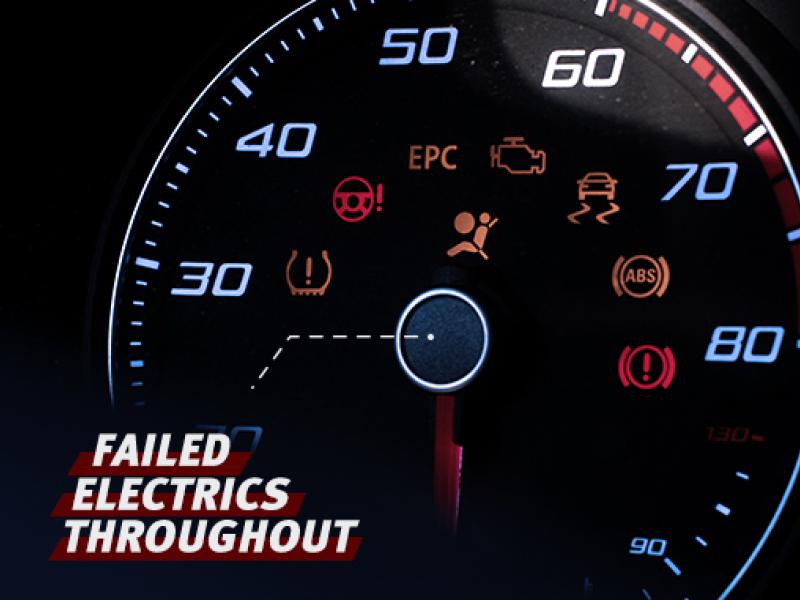
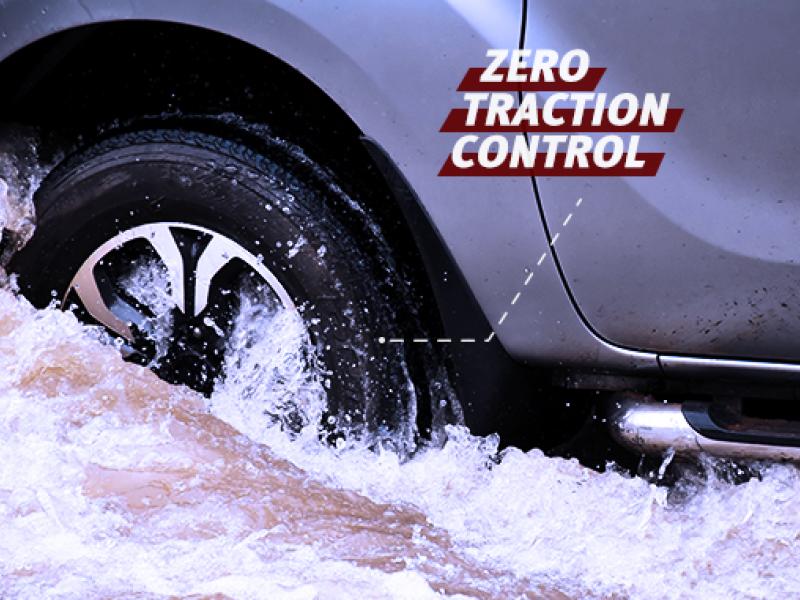
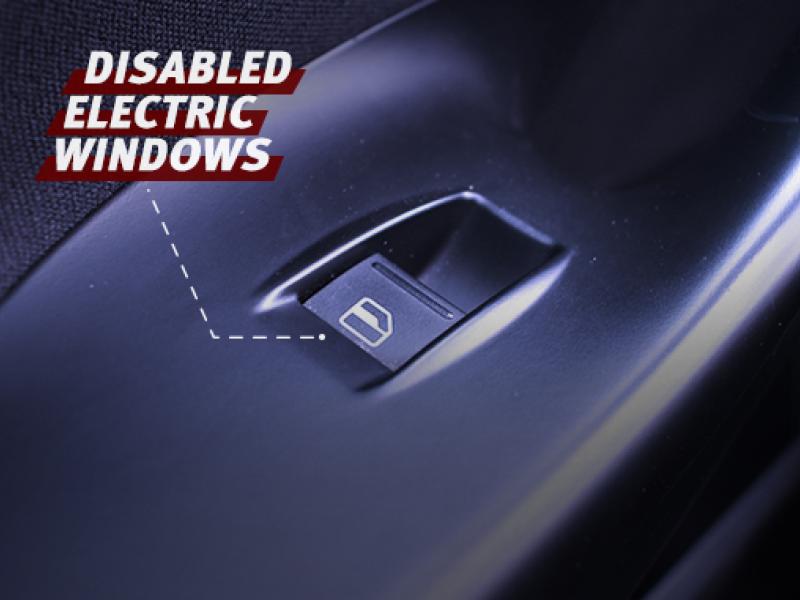
Hear from the experts
Hear expert advice and firsthand accounts from those who are on the frontline of flood safety in Queensland.
Driving in floodwater - facts vs fiction
Floodwater can make even the most familiar roads dangerous. Find out what's fact and what's fiction before driving.
The Car
"My car can handle it"
- A car can be swept away in as little as 15cm of water.
- Water and electrics don’t mix. Your car’s windows and doors can quickly stop working in floodwater. Don’t risk getting stuck inside your car.
- Modern materials and sound reducing seals mean newer cars are lightweight and more buoyant making it easier for them to float or be swept away.
- A well fitted out 4WD with a snorkel can handle some tough conditions, but flooded roads are in a category of their own. The normal precautions aren’t enough.
- The ‘wading depth’ listed in your car’s manual is designed for still or low speed currents. They don't consider the many dangers of floodwater. It's not worth the risk.
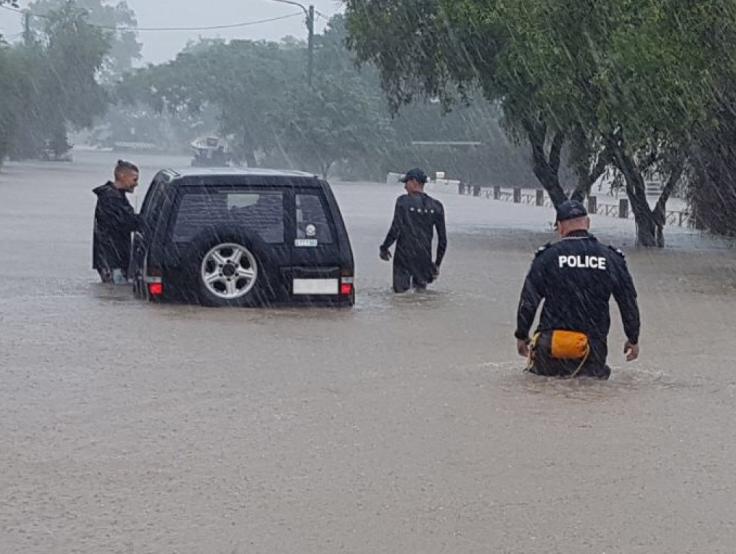
The Driver
"I'd never drive through floodwater."
- Driving into floodwater can happen accidentally.
- Flash flooding is unpredictable, and powerful.
- While 12% of Queenslanders admitted to driving through floodwaters deliberately in the past two years, 15% reported entering floodwaters by accident.
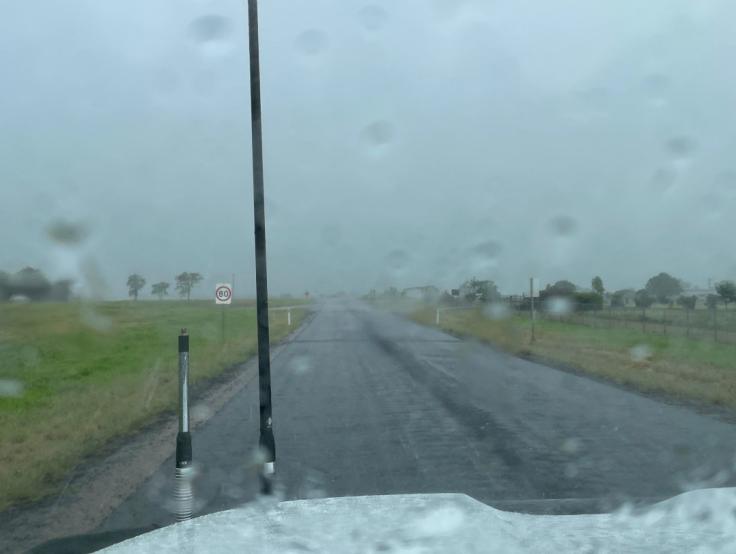
The Driver
Myth: “She’ll be right, I’m a Queenslander!”
- Every storm and every road is different. Forget about what you’ve done in the past and make sure that you don’t risk your life in the future.
- Extreme weather is our new normal, even though sometimes warnings can be cancelled. You can be left feeling like you’ve gone out of your way for nothing.
- The truth is: being a Queenslander means having a plan to stay safe in severe weather.
- We need to plan for the worst and hope for the best, because one day, the storm will happen.
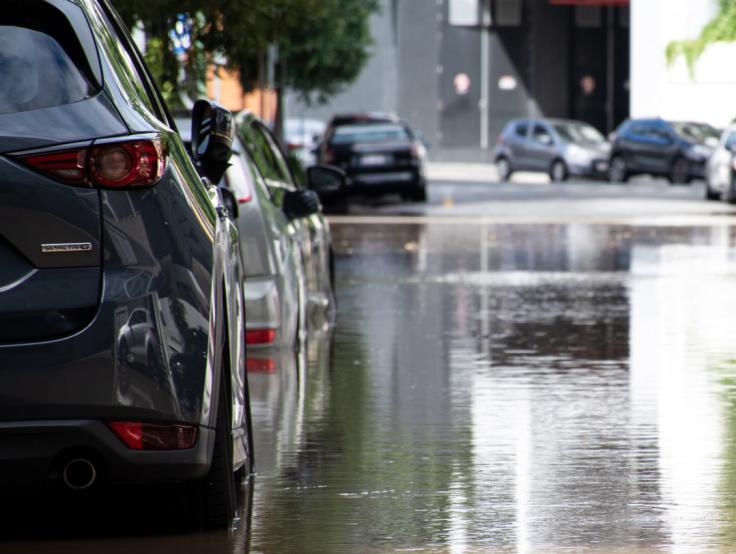
The Road
Myth: "I drive these roads all the time."
- When it comes to flooding, some roads are more dangerous, including low bridges.
- 87% of lives lost happened on a creek crossing, bridge or causeway.
- Half of the fatal crashes happened at night on roads with little or no streetlighting.
- Almost half happened within just 20km of the driver's home.
- Flash flooding can happen anywhere, anytime and there may be no ‘road closed’ sign.
- Just because a road hasn’t flooded in the past, doesn’t mean it won’t flood in the future. Don’t rely on what you’ve seen before.
